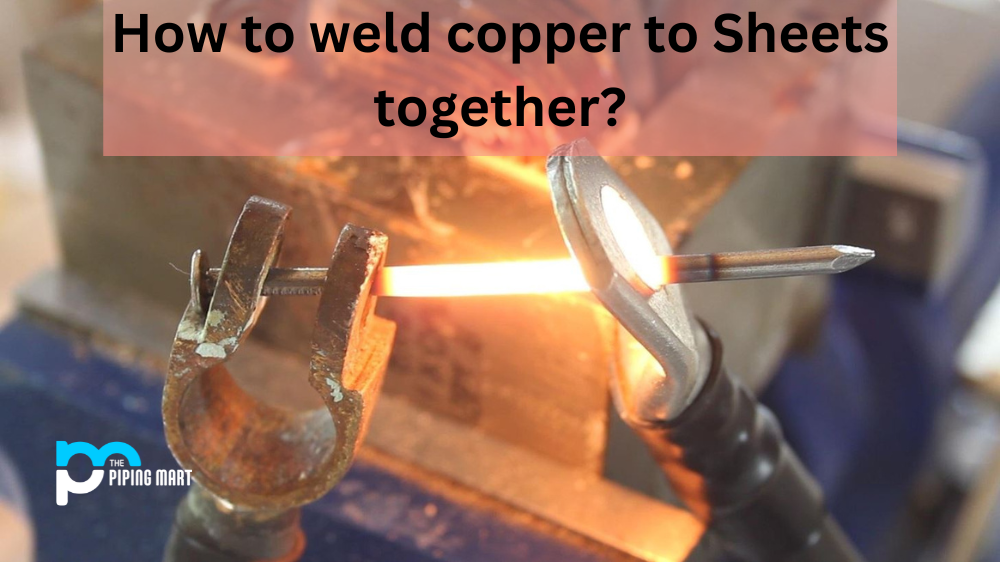Welding stainless steel pipes is a complex process that requires specialized knowledge and skills. It is important to learn all the best practices in welding stainless steel to get the highest quality results. This post will provide an overview of the stainless steel pipe welding process and some tips for successful welding.
The first step in the stainless steel pipe welding process is selecting the correct type of weld material. Various weld materials are available, including TIG, MIG, and flux-cored arc welding (FCAW). Each type has its advantages and disadvantages, so selecting the right one for your project is essential. For example, TIG welding is often used for thin-wall applications since it provides a cleaner finish than MIG or FCAW.
MIG and FCAW are generally used for thicker-wall applications or when higher deposition rates are needed. Once you’ve selected the appropriate weld material for your project, it’s time to prepare the pipe for welding. This includes cleaning off any dirt or debris on the pipe’s surface and dressing any imperfections on its edges. It’s also essential to ensure no gaps between the two pieces of pipe that need to be joined together.
Finally, when it comes time to begin welding, make sure you use short bursts rather than long continuous welds to avoid warping or distortion. Also, keep your arc length as short as possible while maintaining good penetration into the base material. This will help ensure that you get optimal results with minimal waste material. Additionally, inspect each joint after completing it to ensure no defects are present before moving on to the next joint.
Conclusion:
Stainless steel pipe welding requires knowledge and skill to achieve high-quality results with minimal waste material. Selecting the correct type of weld material is essential for success, as each type has different advantages depending on your application requirements. Preparing the pipe for welding is also key; make sure to clean off any dirt or debris from its surface and dress any imperfections on its edges before beginning your project. Finally, use short bursts rather than long continuous welds when performing the actual welds. Inspect each joint after completion to ensure optimal results with minimal waste material produced during fabrication. With these steps followed correctly, you can be sure that your stainless steel pipe welding projects will look great every time!

Meet Bhavesh, a seasoned blogger with a wealth of knowledge and experience. From metal products manufacturing to retail, Bhavesh has a diverse background in various industries and is dedicated to sharing his insights and expertise with readers.




